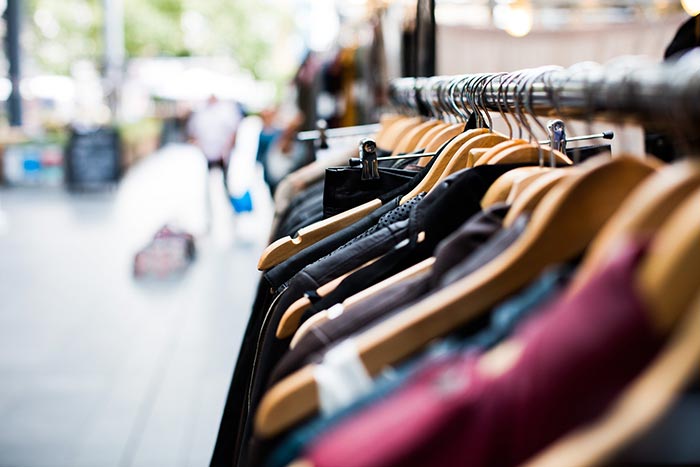
Thrift shopping is a popular way to save money and find unique items. But is it better for the environment too?
Here at Secondarie, we certainly think so — it’s why we do what we do! Here are three reasons why thrift shopping is green:
Americans throw away a lot of useful items. According to the EPA, Americans discarded more than 57 million tons of durable goods in 2018 — and that doesn’t even include 13 million tons of clothing and shoes (which the EPA classifies as “nondurable”)!
Thrift shopping provides an important outlet for perfectly good items to be found and used again instead of being thrown away. We want to see more of those durable goods find their way to thrift stores, repair shops, and online marketplaces instead of a landfill or incinerator.
To produce new items, manufacturers largely rely on virgin materials, such as timber to create wood and paper products, petroleum to make plastics, and metals and minerals to create electronics. Extracting raw materials can be ecologically devastating and is highly energy-intensive.
Our planet is vast, and sometimes it can feel endless — but the truth is there are limits on the amount of natural resources the Earth can provide. Earth Overshoot Day is an annual project that calculates the date on the calendar when humanity’s use of resources exceeds what the planet can regenerate in a one-year period. In 2020, humans used up a year’s worth of natural resources by August 22.
Thrift shopping stems the drive to extract new materials by making good use of materials that have already been extracted and made into products.
Even if an item is made of 100% recycled materials (which few are), it still takes a LOT of energy to transform those materials into a usable product. In 2019, the industrial sector (which includes resource extraction and manufacturing) accounted for 32% of total energy use in the U.S., according to the Energy Information Administration. Now consider all the products and materials we use that come from countries outside the U.S.
There’s a concept in sustainability called “embodied energy.” Embodied energy is the total amount of energy required to produce an item. Whether it’s a t-shirt, a guitar, or a bicycle, the amount of energy it takes to make a product is “sunk” into the item as soon as it’s produced.
If you buy a t-shirt, wear it only a few times, then throw it away, the embodied energy “cost per use” of that shirt is very high! However, if you sell that t-shirt to someone who loves it and wears it all the time, the cost per use is way lower, meaning that shirt is providing way more usefulness for the same amount of embodied energy.
Basically, the more an item gets used, the more value we get out of that initial amount of energy. Thrift shopping helps items get used more often because people can sell things they aren’t using to people who will actually use them!
The embodied energy “cost” of an item doesn’t usually affect its price when you’re thrift shopping. But keeping these concepts in mind is a great reminder of how thrift shopping helps you make the most of energy and resources that were already spent when the things you’re buying were originally made.
At Secondarie, we support thrift shopping to help people find valuable items (full of embodied energy!) that are waiting to be found, used, and loved. Try a search on Secondarie and find what you’ve been looking for.